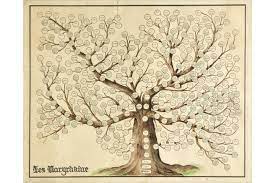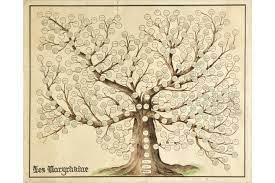In April 2023, I was blessed to take a deep dive into the history, geography, geology and culture of the far northeast corner of America, the Canadian Maritimes and the St. Lawrence River and Seaway. Con su permisio, as they say in Spanish, I would like to share with you some of what I learned in these blog posts over the next couple of months. Hope you benefit and enjoy!

Lighthouses. Who does not like lighthouses? How many of you have braved the 100-spiral-open-metal stairs to climb to the top of a lighthouse? (And remember than in days of yore, the lighthouse keepers would climb those stairs at least twice a day carrying fuel for the fire………. and there were women lighthouse keepers too, going up those stairs in their long dresses.)
Lighthouses are beautiful and romantic and have been featured in a million books and movies. “But what, really, is a lighthouse for?” asked David, our experience instructor on the ship. He continued, “A lighthouse is a navigation aid, surely not just by a light, but by a point to steer by. The lighthouse was the GPS of the 1800s. The lighthouse was a landmark visible at sea to enable recognition to ships of where they were. Anciently, shore fires wee used before lighthouses.” ****
“Imagine the coast of North America in the late 1800s. It was a broad expanse of rocky shores, forested wilderness, populated by the First Nations and then by lumbermen and fisherman,” David taught us. “In the mid-1800s there were hundreds of vessels from a dozen nations in North Atlantic waters for by water was the easiest mode of transport and transportation for both cargo and passengers. Today, modern ships navigate by GPS and other automated systems to keep safe on the water, but there were only lighthouses in the 1800s.”
“In the 1800s, sailing captains had only crude maps and a compass and sailors hoped for a captain skilled in these tools. Accidents occurred constantly….capsizing, beaching, grounding and collisions. The lighthouse was the technology of the day, built to make travel safer for the ships and people on the waters.”
*** On my Mississippi River trip in 2022, due to an extremely low river, we could not moor at Vicksburg but were diverted south to a hastily-extended concrete fishing access. Being up in the pre-dawn dark, I knew we passed Vicksburg and shortly in the pitch black darkness, I spotted a small, flickering light on the shore. As the ship’s floodlight zoomed in on that signal light, I could see that it was a beach fire! Lighted purposefully to guide us to where we could moor! So old time methods were still necessary in 2022!










